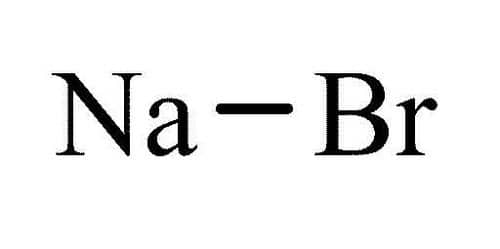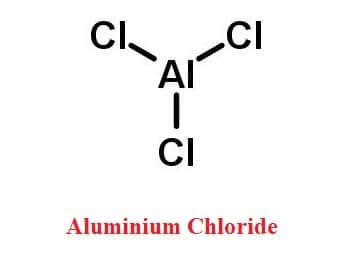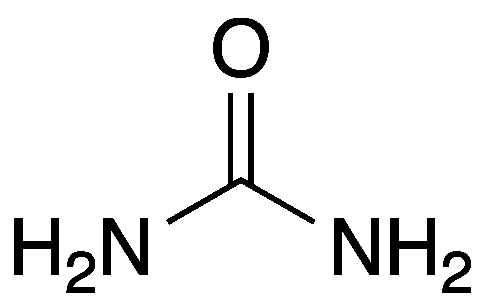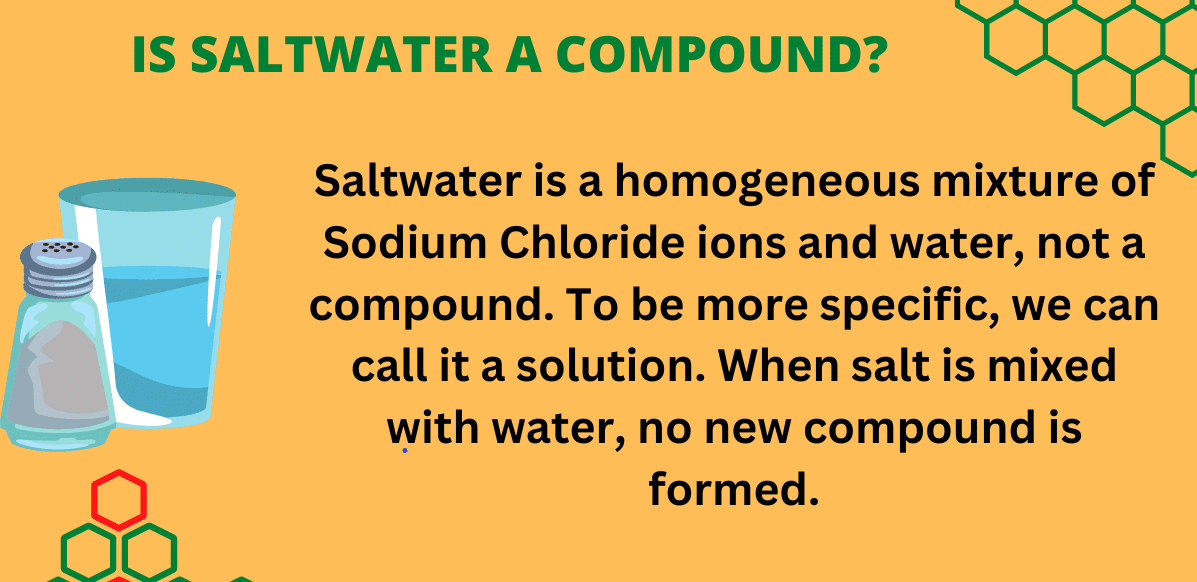Sodium bromide (NaBr) is an inorganic sodium salt having bromide as the counterion. It is a white, crystalline solid with a high melting point that resembles sodium chloride. It is extracted from seawater with chlorides, iodides, and halites. It is one of the most common salts of hydrobromic acid and has the strongest anticonvulsant properties of any bromide salt. In addition, It is a common source of bromide ions and is mainly used in organic synthetic reactions.

| Element | Sodium Bromide (NaBr) |
| Appearance | White powder |
| Density | 3.21 g/cm3 |
| Molecular weight | 102.89 |
| Melting point | 747° C (1,377° F) |
| Boiling point | 1390 °C |
| Classification: | Inorganic compound, bromide |
| Crystal structure | Face-centered-cubic |
| Uses | Used as raw material in the photographic, spice, pharmaceutical, and printing industries. It is used in the perfume industry to make synthetic fragrances. |
| Hazard | Toxic by inhalation and ingestion. |
Table of Contents
Interesting Facts Sodium Bromide
- Sodium bromide (NaBr) is a chemical that is ionically bonded. Bromine is highly electronegative, and there is enough electromagnetic force between the Br and the Na atoms to transfer electrons from the Na atom to the Br atom.
- When heated to decomposition, NaBr emits toxic fumes of /bromine and sodium oxide/
- Sodium bromide is an ionic compound. As a result, aqueous sodium bromide conducts electricity because it dissociates into sodium cations (Na+) and bromide anions (Br).
- Sodium bromide (NaBr) dissolves in water due to the hydration energy released as a result of ion-dipole interactions formed between water and sodium and bromide ions.
- Sodium bromide is a strong electrolyte.
Related Topics
Valence Electron Easy Definition
Electron Configuration for Calcium
Liquid Oxygen-Cryogenic Liquid
Zinc Hydroxide
Concentration Gradient Definition
Frequently Asked Questions (FAQs)
Some of the frequently asked questions are given below. If you have any questions, feel free to comment or send an email to [email protected]
1. Is sodium bromide a covalent or ionic?
Sodium bromide (NaBr) is an ionically bonded chemical. Bromine is highly electronegative, and the electromagnetic force between the Br and Na atoms is strong enough to transfer electrons from the Na atom to the Br atom.
2. What is sodium bromide used for?
Sodium bromide (NaBr) is a raw material used in the photographic, spice, pharmaceutical, and printing industries. It is used in the perfume industry to create synthetic fragrances.
3. What is CLF3 molecular geometry?
ClF3 has a T-shaped molecular geometry and trigonal bipyramidal electron geometry. This molecule has two lone pairs and three bound pairs, according to the ClF3 Lewis structure. ClF3 is a polar compound.
4. Why is flaring necessary?
Flaring is a method of disposing of flammable materials, mostly methane, as well as reducing odor irritants, health concerns, and negative environmental effects.
5. What is a volatile substance?
The term “volatile” refers to compounds with a high evaporation capability. They have fewer intermolecular interactions and, as a result, may be transferred to the vapor phase quickly. They also have higher vapor pressures and lower boiling temperatures.
6. What are ionic compounds?
Ionic compounds are formed by a process known as electron transfer, in which one atom transfers electrons to another. An atom of one element loses one or more electrons during electron transfer, and an atom of another element gains those electrons. Both atoms are involved in the electron transfer from ions.
7. What is convection in the atmosphere?
Convection in the atmosphere is frequently seen in our weather system. As the sun heats the Earth’s surface, the air above it warms and rises. If the conditions are favorable, this air can continue to rise, cooling and producing Cumulus clouds.
8. What is the process of distillation?
Distillation is the separation of a mixture of liquids based on variations in their boiling points (or volatility). Water may be extracted from a salt solution using this method.
9. What is the combustion process?
Combustion is a chemical process in which heat and light are produced. The most common sort of combustion is fire.
10. Is zinc a strong metal?
Zinc metal is a low-tensile-strength metal with less than half the tensile strength of mild carbon steel.
More Interesting Topics
Mass vs Weight| 5 Easy Examples
Specific Heat of Water
Why Does Oil Float on Water?
How Much is a Liter of Water?
The Specific Gravity of Water
Density of Water in g/ml-Accurate Value
The Density of Water lbs/U.S gal
Disclaimer
Whatsinsight.org‘s blog and everything published on it are provided solely as an information resource. The blog, its authors, and affiliates accept no responsibility for any accident, injury, or damage caused by following the information on this website, in part or in whole. We do not recommend using any chemical without first consulting the manufacturer’s Material Safety Data Sheet and following the safety advice and precautions on the product label.
- BCl3 Lewis Structure in four simple steps - November 1, 2023
- PH3 Lewis Structure in four simple steps - October 8, 2023
- PF3 Lewis structure in four simple steps - September 24, 2023



